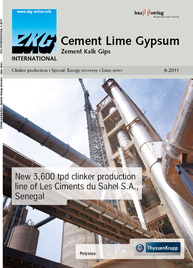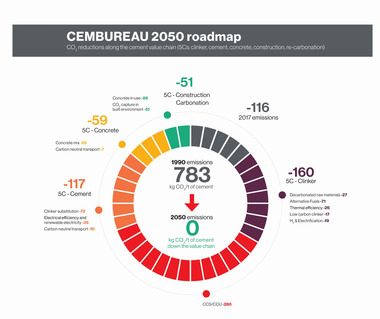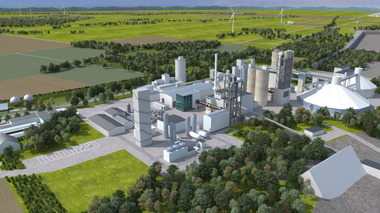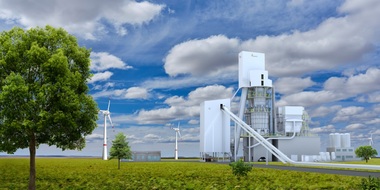News from Cembureau: CCS
More than 150 proposals for large-scale demonstration projects involving innovative renewable energy and carbon capture and storage (CCS) technologies have been submitted under the EU programme “NER 300”. According to reports provided to the European Commission by 25 EU Member States, applications for 22 CCS projects and 131 projects involving innovative renewable energy technologies were received by the 9 February deadline for responses to the first call for proposals. Four proposals were received for industrial applications demonstrating CCS in refineries, cement kilns, in iron and steel or aluminium production.





